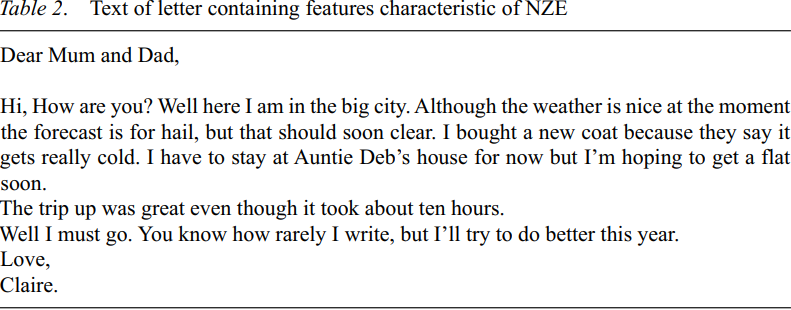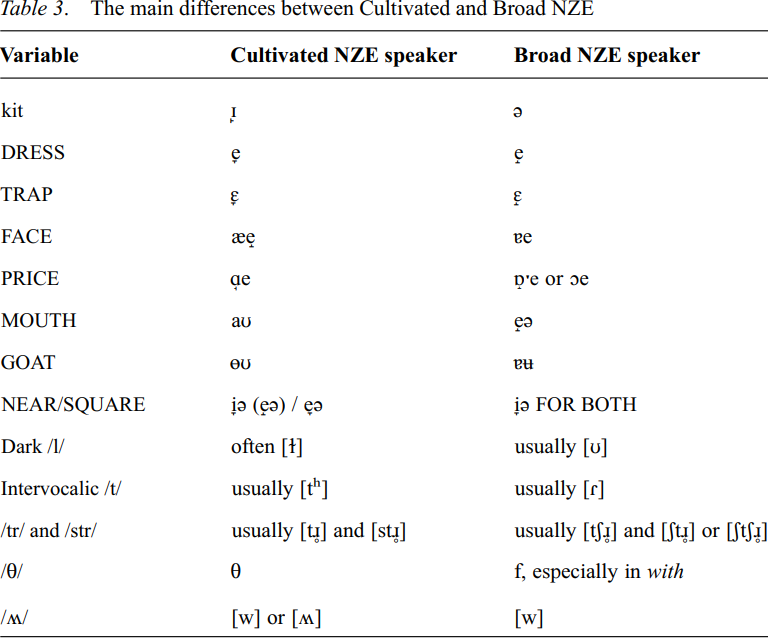

Grammar


Tenses


Present

Present Simple

Present Continuous

Present Perfect

Present Perfect Continuous


Past

Past Continuous

Past Perfect

Past Perfect Continuous

Past Simple


Future

Future Simple

Future Continuous

Future Perfect

Future Perfect Continuous

Passive and Active


Parts Of Speech


Nouns

Countable and uncountable nouns

Verbal nouns

Singular and Plural nouns

Proper nouns

Nouns gender

Nouns definition

Concrete nouns

Abstract nouns

Common nouns

Collective nouns

Definition Of Nouns


Verbs

Stative and dynamic verbs

Finite and nonfinite verbs

To be verbs

Transitive and intransitive verbs

Auxiliary verbs

Modal verbs

Regular and irregular verbs

Action verbs


Adverbs

Relative adverbs

Interrogative adverbs

Adverbs of time

Adverbs of place

Adverbs of reason

Adverbs of quantity

Adverbs of manner

Adverbs of frequency

Adverbs of affirmation


Adjectives

Quantitative adjective

Proper adjective

Possessive adjective

Numeral adjective

Interrogative adjective

Distributive adjective

Descriptive adjective

Demonstrative adjective


Pronouns

Subject pronoun

Relative pronoun

Reflexive pronoun

Reciprocal pronoun

Possessive pronoun

Personal pronoun

Interrogative pronoun

Indefinite pronoun

Emphatic pronoun

Distributive pronoun

Demonstrative pronoun


Pre Position


Preposition by function

Time preposition

Reason preposition

Possession preposition

Place preposition

Phrases preposition

Origin preposition

Measure preposition

Direction preposition

Contrast preposition

Agent preposition


Preposition by construction

Simple preposition

Phrase preposition

Double preposition

Compound preposition


Conjunctions

Subordinating conjunction

Correlative conjunction

Coordinating conjunction

Conjunctive adverbs


Interjections

Express calling interjection


Grammar Rules

Preference

Requests and offers

wishes

Be used to

Some and any

Could have done

Describing people

Giving advices

Possession

Comparative and superlative

Giving Reason

Making Suggestions

Apologizing

Forming questions

Since and for

Directions

Obligation

Adverbials

invitation

Articles

Imaginary condition

Zero conditional

First conditional

Second conditional

Third conditional

Reported speech


Linguistics

Phonetics

Phonology


Semantics


Pragmatics

Linguistics fields

Syntax

Morphology

Semantics

pragmatics

History

Writing

Grammar

Phonetics and Phonology

Semiotics


Reading Comprehension

Elementary

Intermediate

Advanced


Teaching Methods

Teaching Strategies
Cultivated, General and Broad NZE
المؤلف:
Elizabeth Gordon and Margaret Maclagan
المصدر:
A Handbook Of Varieties Of English Phonology
الجزء والصفحة:
608-34
2024-04-20
889
Cultivated, General and Broad NZE
Differences because of social class are clearly identifiable in present-day NZE. The three young women in the accompanying audio clip were selected in terms of social class. Karen is from a middle social class, Christine from a lower social class and Wendy from a higher social class. However, the recordings can be clearly differentiated linguistically as can be heard in the accompanying audio clip. Wendy speaks Cultivated NZE, Karen General NZE and Christine Broad NZE. The letter they are reading is widely used in investigations of NZE. It contains most of the key vowels in stressed position. The text is given in Table 2.

Social class is marked most clearly by the pronunciation of the closing diphthongs, FACE, PRICE, GOAT and MOUTH, with women from higher social classes in particular avoiding pronunciations associated with lower social classes. The front vowels, KIT, DRESS and TRAP and the centring diphthongs NEAR and SQUARE also receive different pronunciations from different social groups. The consonant that shows social class differentiation most clearly is /θ/, which is fronted, so that think is pronounced /fɪŋk/ by many speakers from lower social classes. TH-fronting is overtly stigmatized by those who speak Cultivated NZE, and speakers from the higher social classes avoid it. Another consonant which shows social class differentiation is /l/, which is vocalised less by speakers of Cultivated NZE. Cultivated NZE speakers are also less likely to use flaps in words like city or to affricate /tr/ and /str/ so that they sound like  . We noted that the /M/ ~ /w/ contrast is still maintained by some speakers in Southland. Some older women from the higher social classes from other parts of the country also maintain this distinction, but more often in reading than in speech. Table 3 compares the pronunciation of Cultivated and Broad speakers of NZE. Most of these features are illustrated in the recordings.
. We noted that the /M/ ~ /w/ contrast is still maintained by some speakers in Southland. Some older women from the higher social classes from other parts of the country also maintain this distinction, but more often in reading than in speech. Table 3 compares the pronunciation of Cultivated and Broad speakers of NZE. Most of these features are illustrated in the recordings.

The consequences of using a Broad NZE accent can be particularly marked for women. In 1993 Elizabeth Gordon carried out a study (Gordon 1997) where subjects listened to recordings of the three young women chosen to represent Cultivated, General and Broad NZE in the audio clip described above. They were then asked to match the individual recordings to three different photos of the same model wearing clothes chosen to represent three social classes − higher to lower. Subjects were then given subjective tests in which they answered questions about each person represented by the voice/photo pairings. The results showed very clearly that the clothes and speech variety associated with a young lower class New Zealand woman produced a depressing stereotype, in which she was said to have the lowest intelligence, lowest family income, and be most likely to smoke and to be promiscuous. When asked for a possible occupation, the most frequent responses given by the subjects were “unemployed,” “single parent” or “prostitute”.
 الاكثر قراءة في Phonology
الاكثر قراءة في Phonology
 اخر الاخبار
اخر الاخبار
اخبار العتبة العباسية المقدسة

الآخبار الصحية















 (نوافذ).. إصدار أدبي يوثق القصص الفائزة في مسابقة الإمام العسكري (عليه السلام)
(نوافذ).. إصدار أدبي يوثق القصص الفائزة في مسابقة الإمام العسكري (عليه السلام) قسم الشؤون الفكرية يصدر مجموعة قصصية بعنوان (قلوب بلا مأوى)
قسم الشؤون الفكرية يصدر مجموعة قصصية بعنوان (قلوب بلا مأوى) قسم الشؤون الفكرية يصدر مجموعة قصصية بعنوان (قلوب بلا مأوى)
قسم الشؤون الفكرية يصدر مجموعة قصصية بعنوان (قلوب بلا مأوى)


















